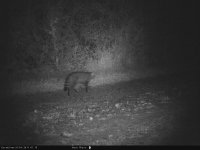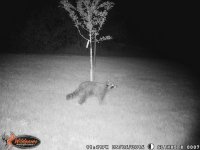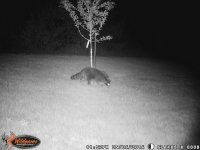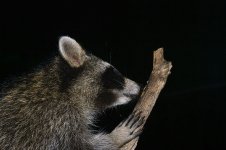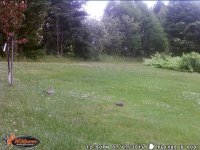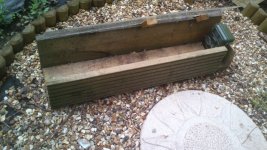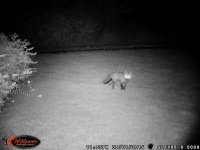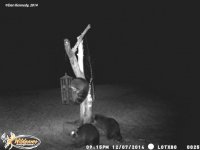Tree Sparrow
Well-known member
Wildcat hybrid
Haven't had my camera out for ages but set it up a couple of weeks ago and got the usual fox/badger/hare shots then checked it again today and had this interesting looking cat. It's rather blurry but I reckon there has to be a bit of wildcat blood in there.
Haven't had my camera out for ages but set it up a couple of weeks ago and got the usual fox/badger/hare shots then checked it again today and had this interesting looking cat. It's rather blurry but I reckon there has to be a bit of wildcat blood in there.




